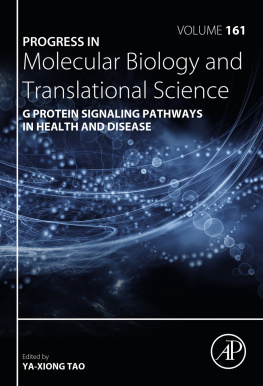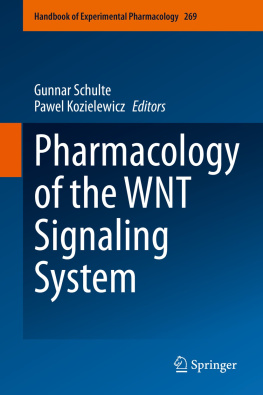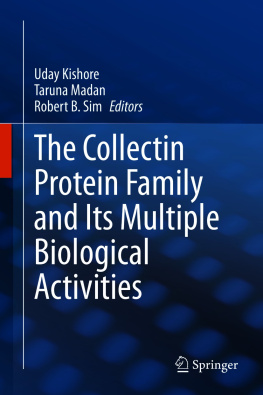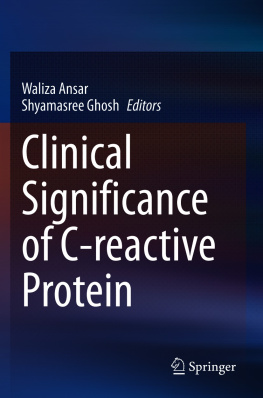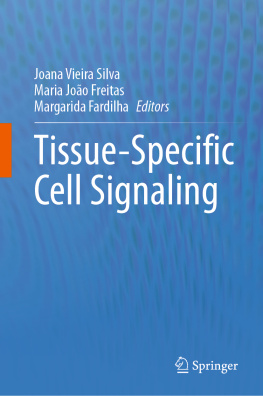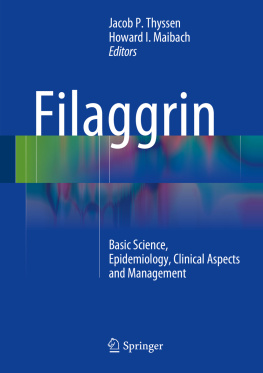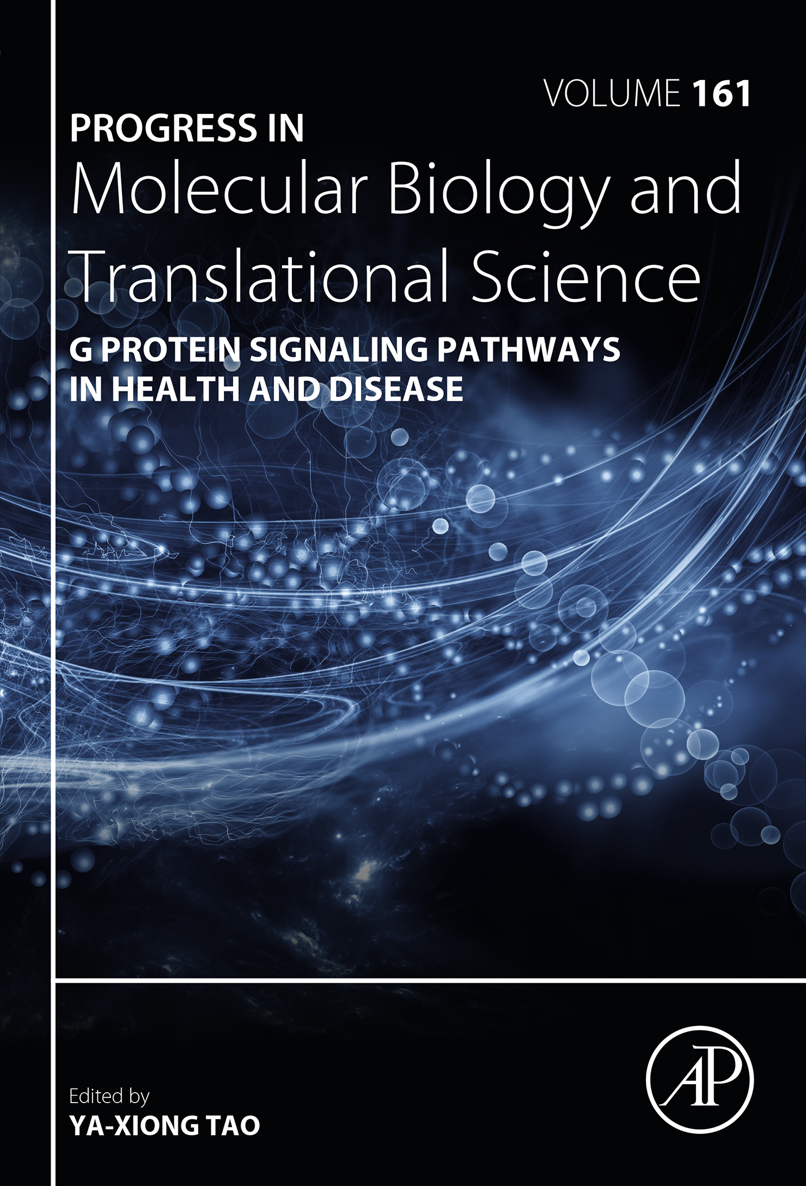As one of the largest families of cell membrane proteins, G protein-coupled receptors (GPCRs) are involved in regulating almost all physiological processes by transducing extracellular signals into the cytoplasm. Since the first discovery of naturally occurring mutations in Rhodopsin gene in 1990, hundreds of loss-of-function mutations in multiple GPCRs have been identified to be pathogenic for more than 30 diverse human diseases, making these defective receptors important drug targets for personalized medicine. In this review, we aim to elucidate the etiologies of five common inherited diseases caused by six of the most extensively studied GPCRs. The molecular basis and classification of inactivating mutations in GPCRs are also reviewed. The available therapeutic approaches directed against different classes of mutants, especially pharmacological chaperones targeting intracellularly retained mutants, reported during the past two decades, are systematically summarized.
Keywords
G protein-coupled receptor; Inactivating mutation; Molecular classification; Nonsense mutation; Pharmacological chaperone; Retinitis pigmentosa; Hypogonadism; Obesity; Nephrogenic diabetes insipidus
Abbreviations
AAV adeno-associated virus
adRP autosomal dominant retinitis pigmentosa
AVPR2 arginine vasopressin receptor 2 (gene name for V2R)
DMSO dimethyl sulfoxide
ER endoplasmic reticulum
ERG electroretinogram
FSH follicle-stimulating hormone
FSHR follicle-stimulating hormone receptor
GnRHR gonadotropin-releasing hormone receptor
GPCR G protein-coupled receptor
hCG human chorionic gonadotropin
LH luteinizing hormone
LHCGR luteinizing hormone/chorionic gonadotropin receptor
MC4R melanocortin-4 receptor
NDI nephrogenic diabetes insipidus
4-PBA 4-phenylbutyrate
PC pharmacological chaperone
PTC premature termination codon
RHO rhodopsin
TM transmembrane
TMAO trimethyl-amine- N -oxide
TUDCA tauroursodeoxycholic acid
V2R V2 vasopressin receptor
WT wild type
1 Introduction
As one of the largest and most functionally diverse family of membrane proteins, G protein-coupled receptors (GPCRs) act as signal transducers to transduce an array of both external stimuli (such as photons, odorants, and pheromones) and internal stimuli (such as ions, lipids, and hormones) into the cell. All GPCRs share the same topology consisting of seven -helical transmembrane (TM) domains connected by alternating extracellular and intracellular loops and are flanked by extracellular N-termini and intracellular C-terminal tails. Since GPCRs regulate almost all physiological functions, they have been popular therapeutic targets, with an estimate of ~ 27% of current drugs in the global market targeting GPCRs, accounting for ~$890 billion in sales from 2011 to 2015.
Since the first discovery of naturally occurring mutations in Rhodopsin ( RHO ) in 1990, Some of the most extensively studied GPCRs in this aspect are rhodopsin, V2 vasopressin receptor (V2R), melanocortin-4 receptor (MC4R), gonadotropin-releasing hormone (GnRH) receptor (GnRHR), luteinizing hormone (LH)/chorionic gonadotropin (CG) receptor (LHCGR), and follicle-stimulating hormone (FSH) receptor (FSHR). In this chapter, we seek to illustrate the molecular basis, pathophysiological mechanisms, and therapeutic approaches for inherited diseases resulted from inactivating GPCR mutations.
2 Selected diseases caused by loss-of-function mutations in G protein-coupled receptors
2.1 Rhodopsin mutations and retinitis pigmentosa
Rhodopsin, the dim-light photoreceptor expressed in the rod cells of the retina, is a crucial player in GPCR structural biology when its high-resolution crystal structure was first reported in 2000.
2.2 AVPR2 mutations and nephrogenic diabetes insipidus
Vasopressin, a peptide hormone synthesized in the hypothalamus and released in response of increased blood osmolarity or decreased cardiac volume, plays an important role in renal water reabsorption to maintain water homeostasis. This antidiuretic effect is achieved by activation of its receptor, V2R, via the Gsadenylyl cyclasecAMP-dependent signaling, leading to translocation of water channel aquaporin-2 to the apical membrane. Mutations in the AVPR2 ( arginine vasopressin receptor 2 ) gene (encoding V2R) are the major cause for X-linked nephrogenic diabetes insipidus (NDI), a rare inherited disease characterized by failure to respond to vasopressin and to concentrate urine.
2.3 MC4R mutations and obesity
It is well established that the MC4R, a downstream mediator of leptin action in the hypothalamus, plays an important role in the regulation of energy homeostasis in both rodents and humans. As a rhodopsin-like GPCR, the MC4R primarily responds to the activation of a potent endogenous peptide agonist, -melanocyte-stimulating hormone (-MSH), resulting in increased satiety, energy expenditure, and weight loss, and to the inhibition of a natural antagonist/inverse agonist, agouti-related peptide, leading to increased food intake, energy conservation, and weight gain. Since the first 2 reports of frameshift MC4R mutations that correlate with early-onset morbid obesity,
2.4 GNRHR mutations and hypogonadotropic hypogonadism
GnRH and its receptor, GnRHR, play critical roles in the hypothalamuspituitarygonadal axis. Receptor activation by GnRH stimulates the secretion of gonadotropins, resulting in development and maturation of gonads in fetal life and after birth. Inactivating mutations in the GNRHR gene resulting in hypogonadotropic hypogonadism, a reproductive disease characterized by low levels of gonadotropins and delayed or absent sexual development, was originally reported by de Roux et al.). Hypogonadotropic hypogonadism is transmitted as a recessive trait in all published cases of inactivating GNRHR mutations to date.
2.5 LHCGR and FSHR mutations and hypergonadotropic hypogonadism
The LHCGR and FSHR, collectively termed gonadotropin receptors, are pivotal mediators in reproductive physiology. As two structurally relevant rhodopsin-like GPCRs, the endogenous ligands for LHCGR (LH and CG) and FSHR (FSH) are composed of two subunits, an identical -subunit and a hormone-specific -subunit.
Therefore, loss-of-function mutations in these receptors have been implicated in several reproductive disorders, including Leydig cell hypoplasia and hypergonadotropic hypogonadism in males, as well as polycystic ovaries, amenorrhea, and infertility in females.
3 Molecular basis of loss-of-function mutations in G protein-coupled receptors
3.1 Life cycle of G protein-coupled receptors
It is well established that GPCRs begin their life cycle from transcription into mRNA in the nucleus, followed by translation into polypeptides in the ribosome located at rough endoplasmic reticulum (ER) and inserted into the ER, where the nascent proteins are scrutinized by the stringent cell quality control system. Only correctly folded receptors are able to route onto the cell membrane after further processing in other cell compartments, especially the Golgi apparatus. At the cell surface, GPCRs bind to ligands and undergo conformational changes, resulting in downstream signal transduction by coupling and catalyzation of G proteins. Prolonged activation of GPCRs usually leads to receptor desensitization and internalization. The internalized GPCRs will either recycle back to cell membrane or degrade in the lysosome (reviewed in Ref. ).

